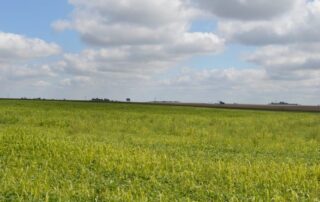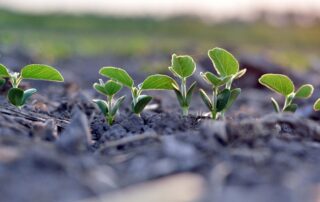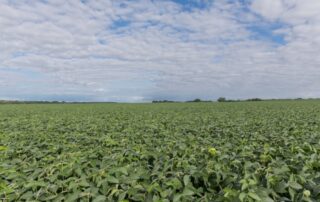Plant & Soil Health: Does Foliar Feeding Work?
Does the soil supply enough nutrients or can foliar feeding really help yield? It is becoming a common practice to foliar feed crop plants when spraying herbicides, insecticides or fungicides. If you are making a pass across the field, why not throw in nutrients, sugars, biologicals or growth stimulants to give plants a boost? Foliar feeding can supply nutrients when they are lacking or unavailable in the soil, or when roots are stressed and not active. But the question is, do you get a clear economic return or are you pouring money down the drain? Many farmers foliar feed their [...]
SHOWCASE FARMER: Robert Woodruff
The farmer. Robert “Woody” Woodruff grows corn, soybeans and wheat in rotation on his farm near Modesto in Morgan County. He is a second-generation farmer and expects his son to follow in his footsteps. His outlook on the importance of sustainability and preserving the land was influenced first by his father and later, work as a Peace Corps volunteer teaching farmers in the Saharian Region about crop rotation during severe drought. Environmental challenge. Woodruff’s 150 acres is a combination of prairie soils and lightly colored timber soil called rosetta, which contains more clay content. About two-thirds of his land [...]
Plant & Soil Health: Phosphorus Availability
Phosphorus is one of the nutrients targeted in the nutrient reduction strategy recently proposed by the Illinois EPA. Phosphorus loss isn’t so much about amount, timing and form, but about soil and water runoff. If you keep the soil and water in the field in place, you pretty much keep phosphorus for the crop. Phosphorus is a unique nutrient in that it is fixed in the soil and is nonmobile. The soil naturally has abundant calcium, iron and aluminum ions, which bind to phosphate and form relatively insoluble minerals or complexes that attach to soil particles. When this occurs, the [...]





 and then
and then